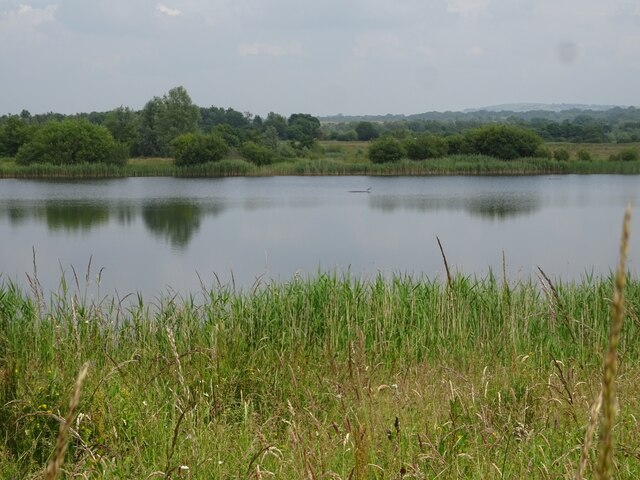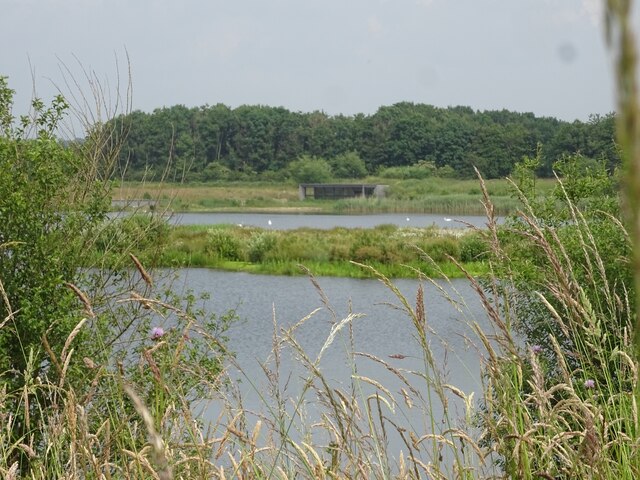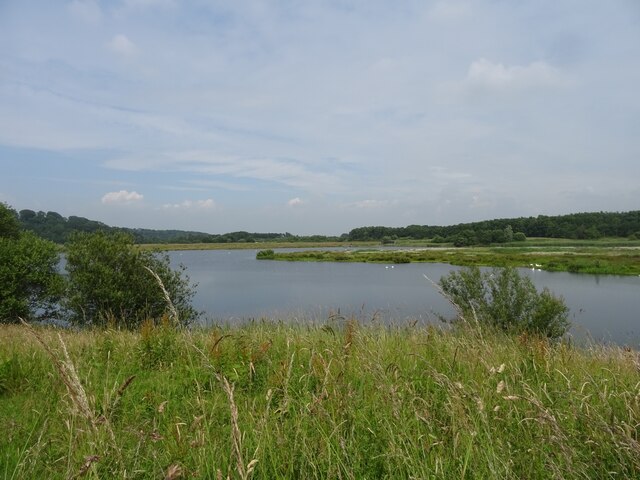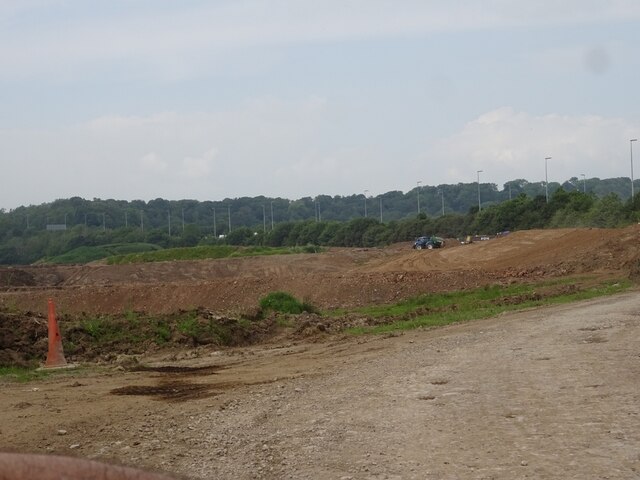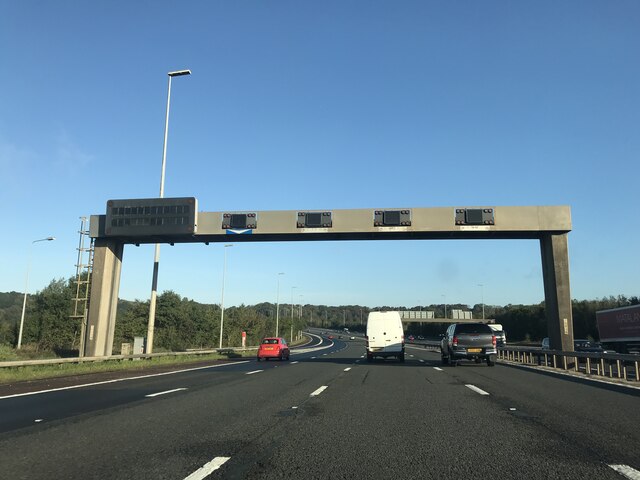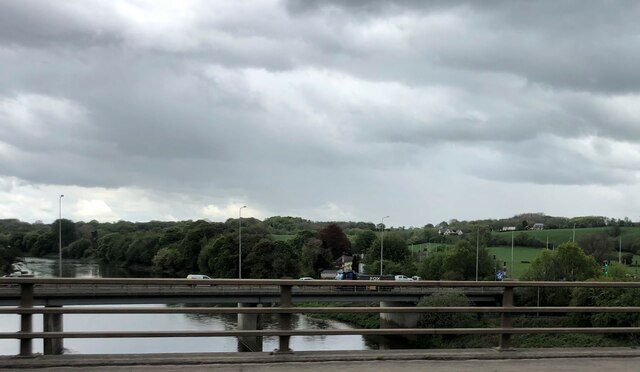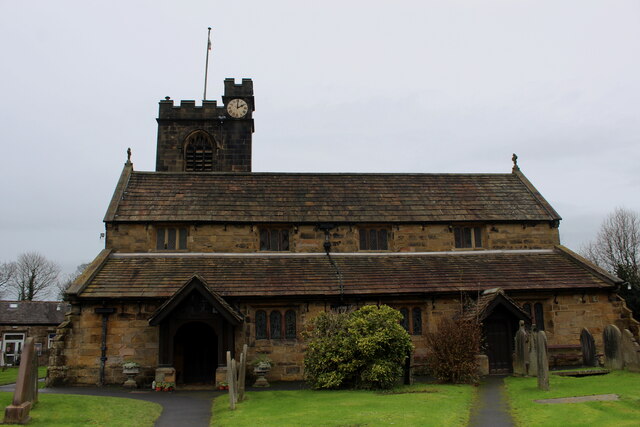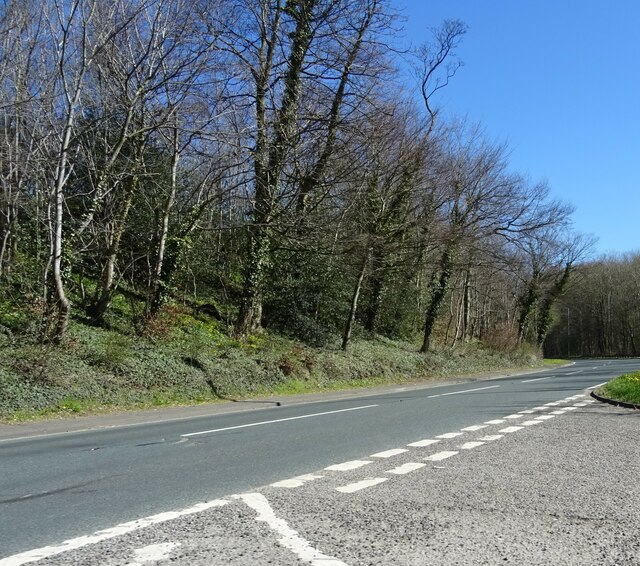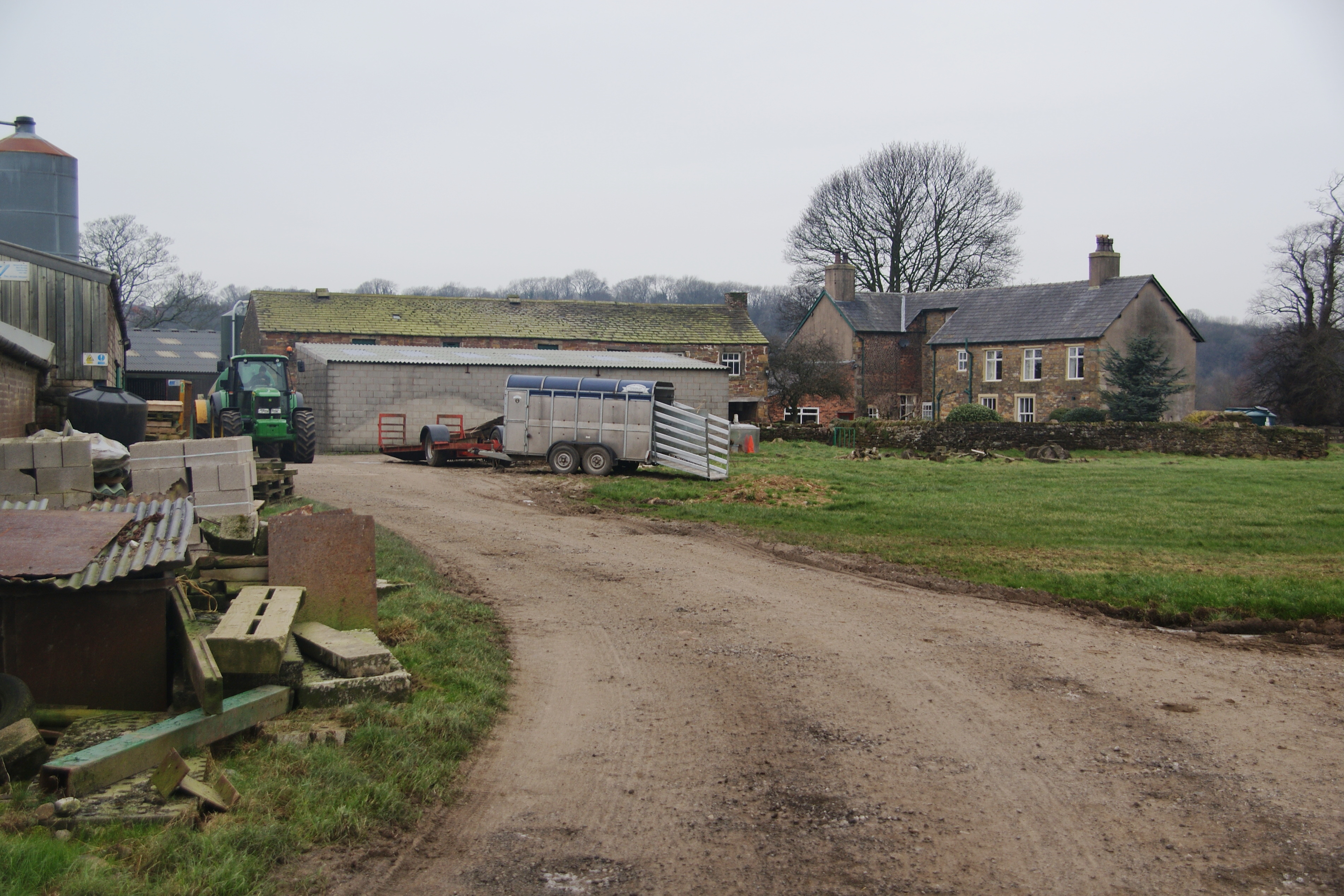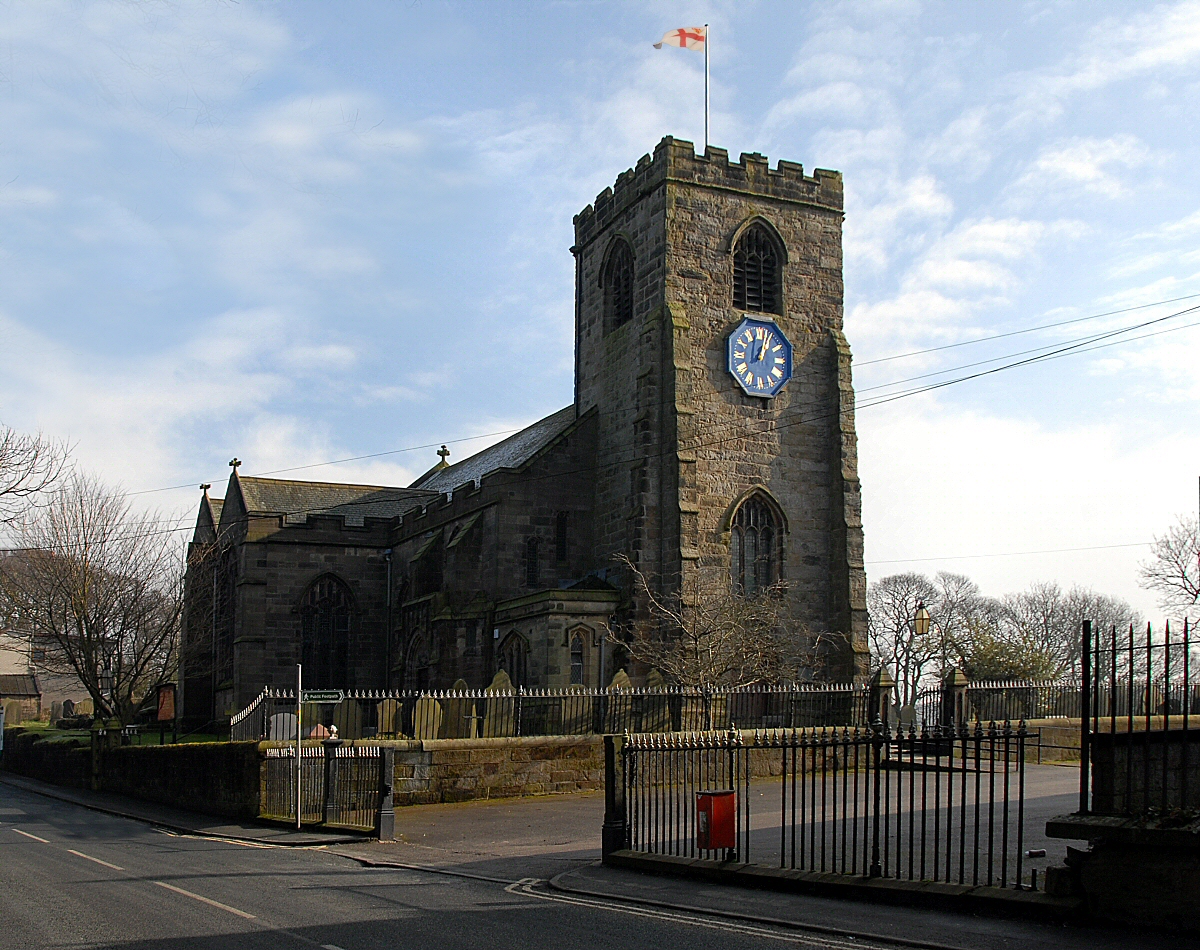Cuerdale Wood
Wood, Forest in Lancashire South Ribble
England
Cuerdale Wood
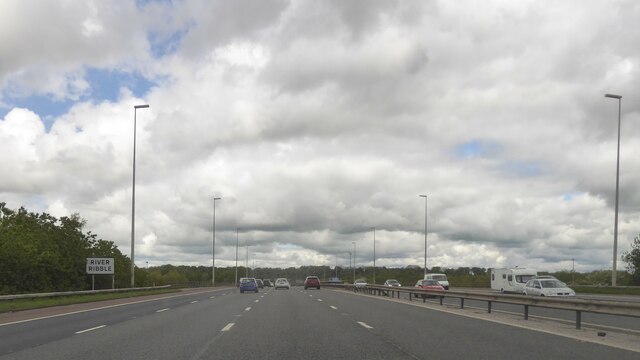
Cuerdale Wood is a picturesque woodland located in Lancashire, England. Covering an area of approximately 650 acres, it is a popular destination for nature lovers and outdoor enthusiasts. Situated along the banks of the River Ribble, the wood offers a tranquil and serene atmosphere, making it an ideal escape from the hustle and bustle of city life.
The wood is primarily composed of broadleaf trees such as oak, birch, and beech, which create a dense canopy and provide a habitat for a diverse range of wildlife. Visitors can spot various species of birds, including woodpeckers, owls, and kingfishers, as well as mammals like deer, foxes, and squirrels.
There are several well-maintained footpaths that meander through the wood, allowing visitors to explore its beauty at their own pace. These paths offer stunning views of the surrounding countryside and the River Ribble, making it a popular spot for photographers and nature enthusiasts.
Cuerdale Wood is also known for its historical significance. It is home to the Cuerdale Hoard, the largest Viking silver treasure ever found in Western Europe. Discovered in 1840, this hoard consists of over 8,600 items, including coins, jewelry, and other valuable artifacts. Today, the hoard is housed in the British Museum, but its discovery has added to the allure and intrigue of Cuerdale Wood.
Overall, Cuerdale Wood is a captivating destination that offers a blend of natural beauty, wildlife, and historical significance. Whether one is seeking a peaceful stroll, a bird-watching adventure, or a glimpse into the past, this woodland has something to offer for everyone.
If you have any feedback on the listing, please let us know in the comments section below.
Cuerdale Wood Images
Images are sourced within 2km of 53.756523/-2.6414778 or Grid Reference SD5729. Thanks to Geograph Open Source API. All images are credited.
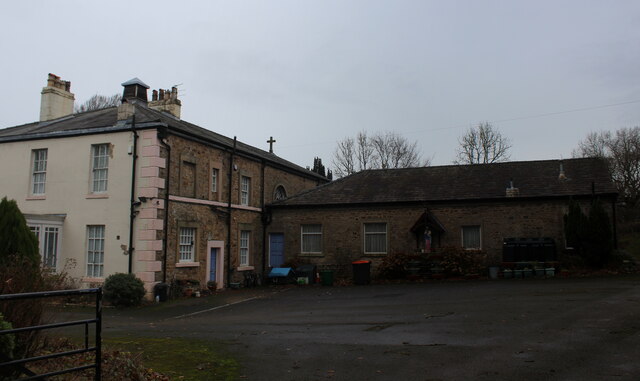
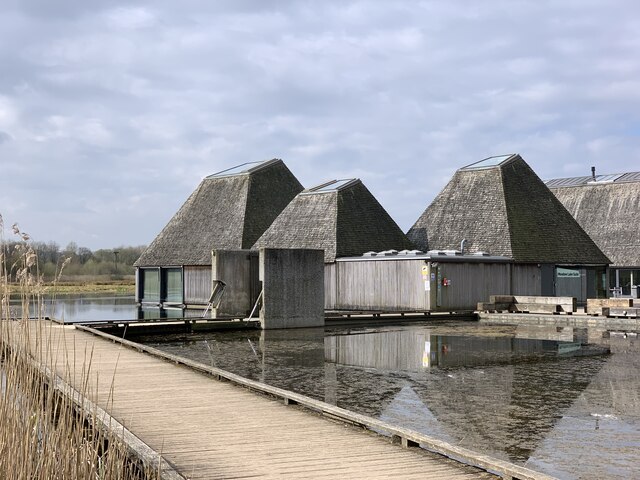
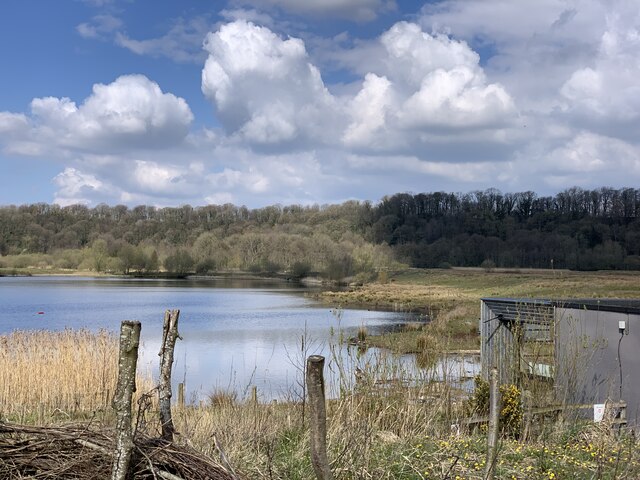

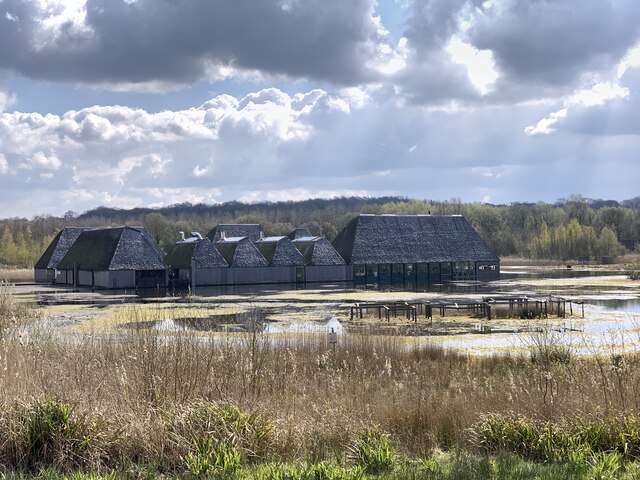

Cuerdale Wood is located at Grid Ref: SD5729 (Lat: 53.756523, Lng: -2.6414778)
Administrative County: Lancashire
District: South Ribble
Police Authority: Lancashire
What 3 Words
///bound.mixed.wins. Near Preston, Lancashire
Nearby Locations
Related Wikis
Cuerdale
Cuerdale is a civil parish in the South Ribble district of Lancashire, England. It includes Cuerdale Hall and has no substantive settlements. It originated...
Cuerdale Hoard
The Cuerdale Hoard is a hoard of more than 8,600 items, including silver coins, English and Carolingian jewellery, hacksilver and ingots. It was discovered...
Higher Walton, Lancashire
Higher Walton is a village in South Ribble, Lancashire, England. It is on the old road between Blackburn and Preston where it crosses the River Darwen...
Church of St Leonard the Less, Samlesbury
The Church of St Leonard the Less is an Anglican church in the village of Samlesbury, Lancashire, England, situated close to the banks of the River Ribble...
All Saints Church, Higher Walton
All Saints Church is in Blackburn Road in the village of Higher Walton, Lancashire, England. It is an active Anglican parish church in the deanery of Leyland...
Samlesbury
Samlesbury ( or locally ) is a village and civil parish in South Ribble, Lancashire, England. Samlesbury Hall, a historic house, is in the village, as...
St Leonard's Church, Walton-le-Dale
St Leonard's Church is an Anglican church in Walton-le-Dale, Lancashire, England. It is an active parish church in the Diocese of Blackburn and the archdeaconry...
Walton-le-Dale
Walton-le-Dale is a large village in the borough of South Ribble, in Lancashire, England. It lies on the south bank of the River Ribble, opposite the city...
Nearby Amenities
Located within 500m of 53.756523,-2.6414778Have you been to Cuerdale Wood?
Leave your review of Cuerdale Wood below (or comments, questions and feedback).
